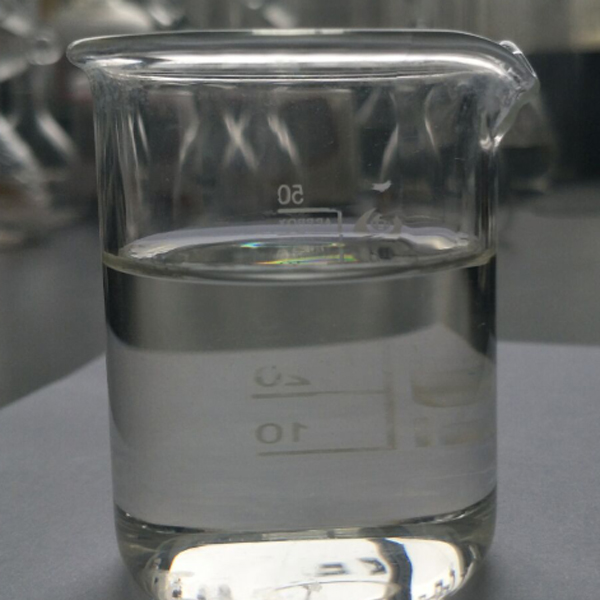
News
أغسطس . 01, 2024 05:56 Back to list
Safety and Handling Information for Chelated Iron Fertilizer Material Safety Data Sheet
Understanding Chelated Iron Fertilizer and Its Safety Data
Chelated iron fertilizer is an essential component in agricultural practices and horticulture, primarily used to address iron deficiency in plants. This deficiency can lead to chlorosis, a condition characterized by yellowing leaves and poor plant growth. Chelated iron fertilizers are formulated to deliver iron in a form that is more readily absorbed by plants, thus enhancing nutrient availability and promoting healthy growth.
What is Chelated Iron?
Chelated iron refers to iron ions that are enclosed in a complex organic molecule called a chelator. This chelation process stabilizes the iron in a soluble form, preventing it from forming insoluble compounds in the soil, which can hinder plant uptake. Common chelators include ethylenediaminetetraacetic acid (EDTA) and diethylenetriaminepentaacetic acid (DTPA), each effective under different soil pH conditions.
Application and Benefits
The application of chelated iron fertilizers is crucial in soils that are high in pH, where iron is often rendered unavailable to plants. These fertilizers can be applied through foliar sprays or soil application, depending on the extent of the deficiency and the specific crop requirements. The benefits of using chelated iron fertilizers include enhanced plant vigor, improved photosynthesis, and increased yield and quality of crops.
Safety Data Considerations
When handling chelated iron fertilizers, it is vital to reference the Material Safety Data Sheet (MSDS), which provides crucial information regarding the product’s safety, composition, handling instructions, and emergency measures. Here are some critical elements typically found in an MSDS for chelated iron fertilizer
1. Product Identification This section outlines the chemical name, trade name, and manufacturer's information. Understanding the product you are handling is the first step toward safe usage.
2. Hazard Identification Here, hazards related to the product are detailed, including potential health effects such as skin and eye irritation and environmental impacts. It is important to recognize these risks to implement appropriate safety measures.
chelated iron fertilizer msds

4. First Aid Measures In case of exposure, the MSDS will specify the necessary first aid procedures. For instance, if ingested, seeking immediate medical attention is crucial.
5. Fire-Fighting Measures This includes information on appropriate extinguishing agents and specific fire-fighting procedures.
6. Accidental Release Measures Guidelines on how to contain and clean up spills are critical for minimizing environmental impact and personal exposure.
7. Handling and Storage Recommendations for safe handling and storage, including temperature controls and incompatibilities with other substances, are provided to prevent accidents.
8. Exposure Controls/Personal Protection Suggested personal protective equipment (PPE) such as gloves, goggles, and masks should be donned to safeguard against exposure during handling.
9. Disposal Considerations Safe disposal methods for leftover product or containers to mitigate environmental harm are outlined.
Conclusion
In summary, chelated iron fertilizers are vital for preventing iron deficiency in plants, contributing to healthier growth and better crop yields. However, safety must be prioritized when handling these products. By adhering to the guidelines provided in the MSDS, agricultural professionals and gardeners can ensure effective and safe use of chelated iron fertilizers, ultimately supporting sustainable agricultural practices. Proper education about these materials not only promotes safety but also enhances agricultural productivity and environmental stewardship.
-
Polyaspartic Acid Salts in Agricultural Fertilizers: A Sustainable Solution
NewsJul.21,2025
-
OEM Chelating Agent Preservative Supplier & Manufacturer High-Quality Customized Solutions
NewsJul.08,2025
-
OEM Potassium Chelating Agent Manufacturer - Custom Potassium Oxalate & Citrate Solutions
NewsJul.08,2025
-
OEM Pentasodium DTPA Chelating Agent Supplier & Manufacturer High Purity & Cost-Effective Solutions
NewsJul.08,2025
-
High-Efficiency Chelated Trace Elements Fertilizer Bulk Supplier & Manufacturer Quotes
NewsJul.07,2025
-
High Quality K Formation for a Chelating Agent – Reliable Manufacturer & Supplier
NewsJul.07,2025
